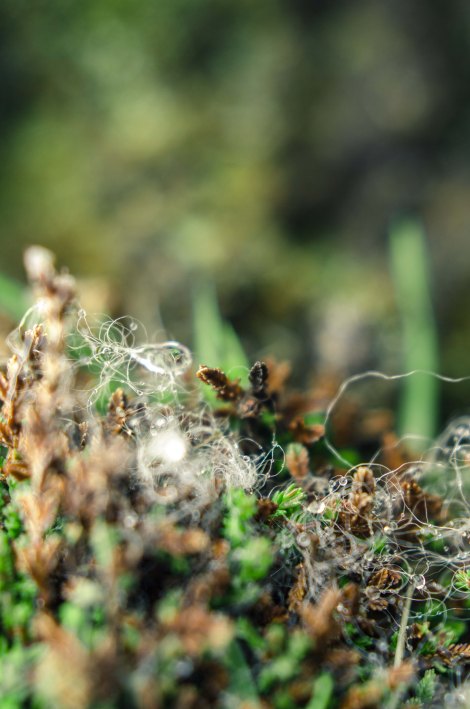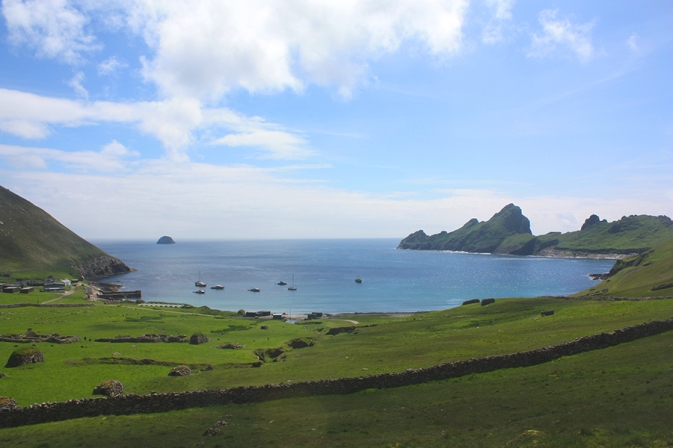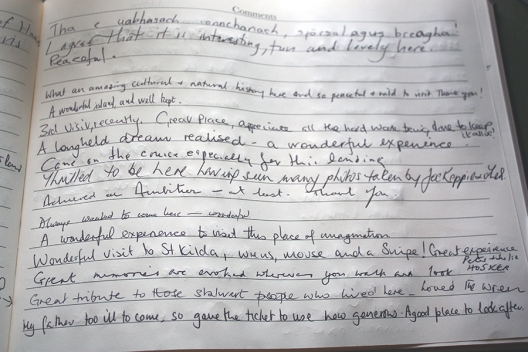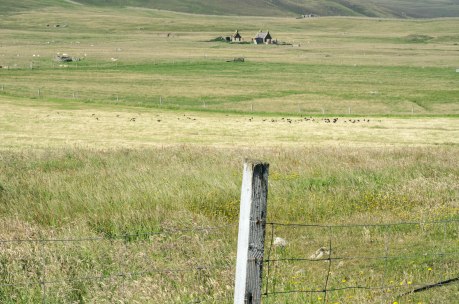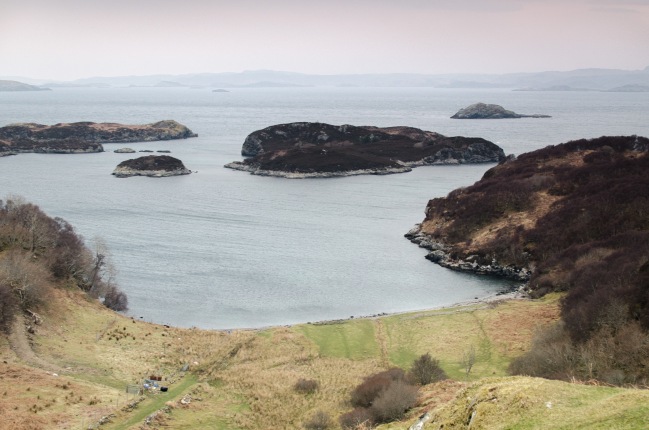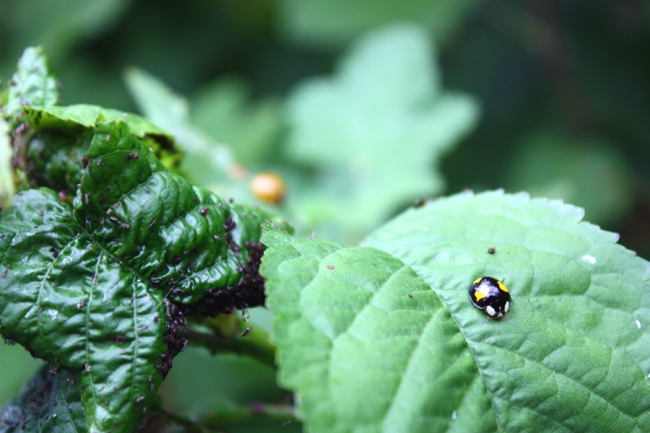The Glorious Twelfth. The name evokes a celebration, or perhaps a bygone regiment charging bravely into battle. A Beethoven symphony, or a particularly beautiful augmented chord. In reality, it refers to a blood-drenched date on the aristocratic social calendar, when the red grouse shooting season begins. The hunters take to the hills in droves on this day in August, when the conditions have been judged just right to start killing hundreds of birds for fun.
But this is not a lament on the brutality of the sport in itself – on the contrary, it is often necessary to artificially control species populations, especially in the case of animals with no natural predator such as deer. However, it is quite a different story to breed birds specifically for hunting and to paint a coat of conservation gloss over the top. But so the narrative goes: that 75% of the world’s heather moorland is found in the UK (the vast majority of that being in Scotland), and it is only there because of shooting estate management. This tenuous link is being worked hard by those who wish to reinforce the status quo of Scotland’s massive land-ownership inequality, and the support that comes from conservation bodies such as SNH and the Game and Wildlife Conservation Trust lends a validity to these claims that have only elements of truth to them.
The formation of the advocacy group ‘Wildlife Estates’ smacks of the desperation estate owners must be feeling as land reform gains traction in Scotland. This transnational organisation aims to highlight the beneficial role that sporting estates play in habitat protection and biodiversity, with a view to influencing EU policy. It states, rather ominously, that landowners need to ‘take the necessary precautions to shield themselves from current or new European legislation regarding the management of their land, as far as hunting, shooting and fishing are concerned’, and that accreditation from this group (candidates have to prove their dedication by fulfilling a set criteria of environmental goals) would provide information and support to do this. Within Scotland, Scottish Land and Estates serves as a go-between for Wildlife Estates and the landowners themselves, and their website is littered with articles and studies backing up the claim that estates have conservation interests at their core.
The notion that conservation is at the top of a sporting estate owner’s agenda is immediately disparaged by the name alone: that a sporting estate’s purpose is to be a sporting estate. Yes, there are ecological benefits to managing the land in such a way, but there are certainly downsides too. Deer numbers are kept purposely high so as to ensure whichever lord or duke is paying up to £15,000 a day for the privilege bags himself a stag, which has drawn criticism from conservation groups who advocate a deep cull. Many estates also poison (often rare) birds of prey that eat grouse chicks. The heather moorland so treasured by environmentalists exists solely because it’s good sport to shoot the birds that call it home.
And therein lies the bind. Scottish sporting estates are a refuge of the very rich, and as such they are viewed with confusion or even suspicion by the people who can’t afford to spend a year’s wage on a single day of shooting. They are a declaration of prestige, and until not too long ago, flaunting that was a given. Thankfully, the times have changed somewhat, and land reform of some variety now seems inevitable. It is no surprise that Scottish Land and Estates are opposed to many of the suggestions put forward by the Land Reform Review Group, which published its findings back in May, but objections on the grounds of the sport were mainly absent. Instead, the group were keen to stress the long term view of their estates on the grounds of environmental stewardship, hammering home the message that landowners view themselves as custodians of nature, and that such a responsibility can only be wielded by a select few. While there are a couple of examples of landowners who are conservation trailblazers on their estates, the vast majority operate primarily for sport. But flick through the glossy brochure on ‘the modern face of Scottish land ownership’ and there is only a single mention of shooting taking place, buried deep within the stunning wildlife photography and smiling landowners talking about community involvement and job creation. One estate owner, keen to emphasise his environmental credentials, talks about the benefits of muirburn (burning older heather so younger plants can thrive) for habitat restoration, but nowhere does he mention that the main reason for muirburn is because grouse bred for sport prefer to eat younger heather.
The evolution of the modern landowner image from stuffy recluse with his shotgun to hands-on naturalist has been a PR exercise designed to maintain hegemony. It is not the shooting and killing of wildlife that is the real issue here, but the fact that transparency and participation are denied to all but a select few. It is not that sporting estates are objectively bad (though that depends on your ethical stance on animal killing), but the fact that the use of this land is decided by a wealthy elite, for a wealthy elite. It is not that conservation of wildlife and environmental management on these estates is unwelcomed, but that the communities that live and work on or around these estates have no voice or power when it comes to their landscapes.
In an era when recreational outdoor tourism is one of Scotland’s biggest draws, it is no wonder that landowners are keen to bury a venture that costs so much when many of the people using their land do so for free. Despite claims that sporting estates provide much needed stimulation for the rural economy and create jobs, most estates operate at a loss and the jobs are often seasonal and poorly paid. By re-branding themselves as the people who make Scotland’s natural environment possible, they manage to embrace the people who care for the land with one hand whilst pushing them away with the other. Land reform would threaten your beloved moors and glens, they claim – leave it to the experts.
The assertations that sporting estates are the best form of environmentally sustainable land management together with being the best way of bolstering the rural economy highlight the inherent privilege that has come to signify country life in the highlands. I am not here to demonise landowners as status-hungry elitists (although some of them certainly are) – merely to question their self-implemented role as environmental stewards. It is insulting to suggest that only a landowner with a huge estate can have the vision or knowledge necessary to care for the environment. It is especially insulting to assert that sporting estates represent the pinnacle of ecological balance and biodiversity of the highlands, when their primary reason for existing is for anthropocentric pleasure. It is only through land reform that we can have true democratic representation of our natural environment, and if sporting estates still have a role to play in the recreational economy, they should be made much more accessible and affordable. Until that day comes, there is very little about the twelfth of August that is glorious in any way.
*
Image taken by Jen Stout
